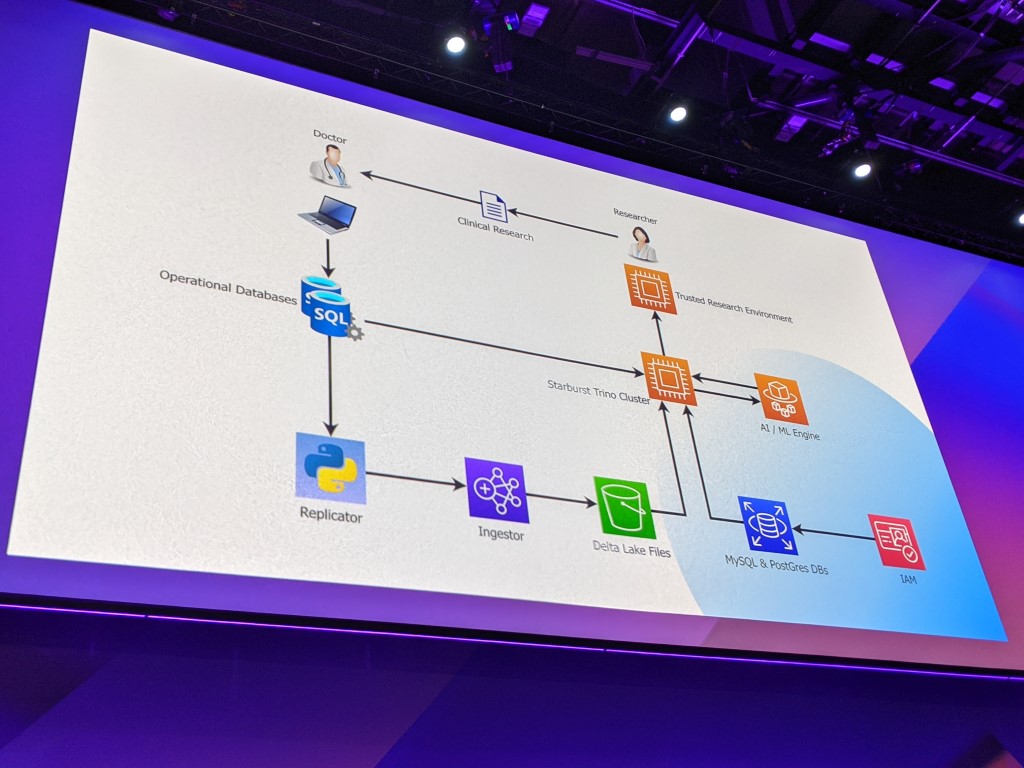In this post, I host March 2023’s T-SQL Tuesday with an invitation concerning the ongoing Microsoft and OpenAI partnership.
Table of Contents
Introduction
Artificial Intelligence has been a big deal in recent months. One of the main drivers of this has been OpenAI, whose DALL-E 2 and ChatGPT services have seen extraordinary public interest and participation.
ChatGPT is currently the fastest-growing consumer application in history It reached 100 million users in its first two months, and has been integrated into numerous applications. One such example is the recent version of DBeaver that I tried out in my previous post.
Microsoft has been one of OpenAI’s most prominent supporters. In July 2019 Microsoft invested $1 billion in OpenAI and became their exclusive cloud provider.
In January 2023 Microsoft announced the latest phase of its multibillion-dollar investment partnership with OpenAI and the general availability of Azure OpenAI Service. Since then, Microsoft announced that it is building AI technology into Microsoft Bing, Edge and Microsoft 365.
T-SQL Tuesday Invitation
My invitation for this month’s T-SQL Tuesday is:
What is on your wishlist for the partnership between Microsoft and OpenAI?
This can include all Microsoft products and services, like:
- Azure
- Microsoft 365
- Power Platform
- PowerShell
- SQL Server
- or something completely new!
When posting, please remember the T-SQL Tuesday rules:
- Publish contributions on Tuesday 14 March 2023.
- Include the T-SQL Tuesday Logo and have it link to this post.
- Please add your post’s link in this post’s comments.
- Use the #tsql2sday hashtag on social media.
My Wishlist
In this section, I’ll get the ball rolling with some things I’d like to see!
Power BI AI Assistant
Microsoft Power BI is a data visualization tool. It can interact with dozens of data sources and integrates with a wide range of applications. Power BI includes numerous visualizations and can produce professional, functional, and feature-rich dashboards.
However, Power BI is reliant on user skill levels. Like all data visualization tools, Power BI can create bad dashboards in the wrong hands. Like, really bad. Dashboards can suffer from several problems that make them useless at best and misleading at worst.
Enter ChatGPT. Power BI already offers AI Insights and AI Visuals. ChatGPT could join this family of tools, using an AI model trained on the works of visual design specialists like Edward Tufte, Stephen Few and Kate Strachnyi.
ChatGPT could offer features like:
- Creating visuals and reports based on text prompts:
"Show me how my team's sales are performing this month"
>> Here is a bar chart showing team member performance for the current month.- Suggesting visuals and reports based on the data sources available.
- Assessing dashboards for factors like colour blindness and colour symbolism.
- Optimising existing dashboards:
"Improve my annual sales dashboard"
>> I have changed the pie chart showing 12 team members to a bar chart, as this will improve the visualization's legibility.Azure IAC AI Assistant
IAC (Infrastructure As Code) has revolutionized the public cloud industry, bringing with it benefits like:
- Automated, faster deployments.
- Repeatable and consistent deployments.
- Self-documenting infrastructure.
But IAC also presents challenges:
- IAC scripts rely on the skills of the engineer writing them.
- Configurations can drift or have unintended consequences.
- It’s not easy to incorporate existing infrastructure.
ChatGPT could resolve many of these problems, turning infrastructure creation into a conversation. It could, for example:
- Create infrastructure based on non-technical requests:
"Make me what I need to start a blog."
>> I have created a LAMP stack on a virtual machine in your default region. Your access details are here:
Username: Username
Password: Password- Learn current infrastructure usage patterns and create optimisations for busy and quiet periods.
- Spot potential conflicts and step in to prevent data loss or downtime.

- Make existing infrastructure faster, cheaper or more performant without the need for manual refactoring.
- Resolve problems like high latency, failing connections and unexpected cost increases:
"Why is my web app generating errors?"
>> One of your virtual machines does not allow connection requests from CIDR range 10.01.10.01/28. Do you want me to fix this?
"Yes please."
>> I have now amended virtual machine MYAPP001's Network Security Group to accept incomming connection requests from CIDR range 10.01.10.01/28.Summary
In this post, I hosted March 2023’s T-SQL Tuesday with an invitation concerning the ongoing Microsoft and OpenAI partnership. I look forwards to reading everyone’s responses!
If this post has been useful, please feel free to follow me on the following platforms for future updates:
Thanks for reading ~~^~~





